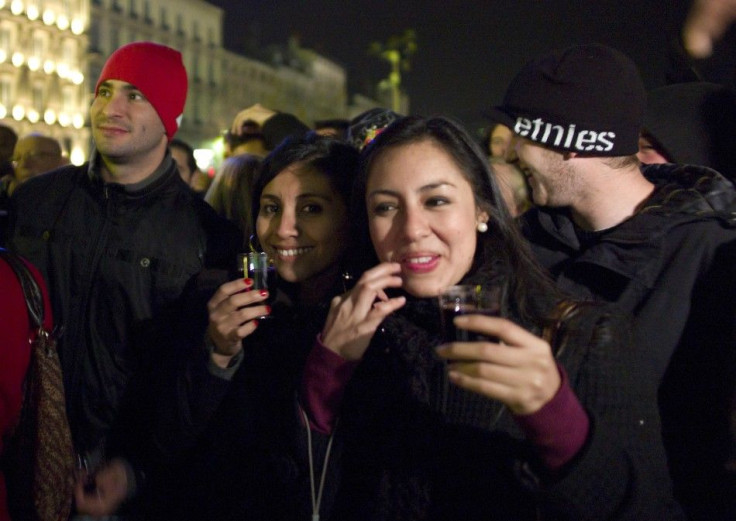Beaujolais Nouveau launches extraordinary 2011

Wine lovers will get their first taste of the much-talked about 2011 harvest on Thursday as the Beaujolais Nouveau hits the bars and shelves of France and the wider world.
Proud of a 60-year tradition that has been propelled to global renown by a sleek retailing campaign, Beaujolais seeks to burnish its image as a wine to celebrate the new vintage and dampen criticism that its popularity lies more in the marketing than in the quality of the wine.
At the start of my career, the arrival of the new Beaujolais was a pretext to share and have friendly parties, said Emmanuel Delmas, a consultant-sommelier wine-expert.
Today, the event is out of fashion. Consumers no longer accept bad wine and are looking for drinking pleasure, even if this means paying a bit more, he added.
At an average 4 euros ($5.41) a bottle for a wine made in less than 10 weeks, Beaujolais Nouveau remains a profitable operation for many producers.
Beaujolais Nouveau is made from the Gamay grape. The 2011 vintage, a year characterized by unusual weather leading to relatively early harvests, appears to have provided higher quality wine from fewer grapes. The 2011 Beaujolais Nouveau was harvested early and could mature a bit longer until the traditional third Thursday of November.
Christophe Pacalet is based in Ville-Morgon, part of the Beaujolais area, and produces several kinds of wine as well as some Beaujolais Nouveau. He is respectful of nature on the vineyards he acquired in 1999 with his uncle.
At a tasting on Thursday the wine had the typical Gamay smell with a whiff of banana. The first impression was of red fruit that lingers in the mouth turning toward a riper dark fruit with a hint of liquorice. A balanced wine with no acidity. Pacalet's wine sells for eight euros a bottle.
LYON PARTY
A decree in 1951 allowed the sale of wines from the same year. At first the starting date was in December and Beaujolais growers managed to get that pushed back to mid-November.
In the beginning, the new Beaujolais was mainly a festive event in the wine bars of the city of Lyon, just 30 km south of the growing area and still the epicenter of the increasingly global Beaujolais bash with a midnight party that sees 400 liters of the wine being served in just half an hour.
In 1966, the 250 stores of the wine retail chain Nicolas in Paris started a special Beaujolais Nouveau operation and later firms such as Georges Duboeuf took the wine to export markets.
Duboeuf, born in 1933, earned the monickers King of Beaujolais and Pope of Beaujolais for his efforts in promoting the wine that makes up one third of the production of the Beaujolais area - the rest is sold at a more mature age.
Duboeuf still runs the firm with his son Franck and will be present at a Beaujolais party in the United States, a key market.
In 2010, 35 million bottles of the wine were put on the market. Some 7.5 million were sold in French supermarkets and 15.5 million were exported, the rest went to bars, off-license stores and restaurants.
The biggest consuming region in France is Paris with 1.3 million bottles.
Japan was the biggest export market with seven million, followed by the United States with 2.4 million and Germany with 1.2 million.
There are many other new wines in France or Italy, but the phrase 'Le Beaujolais Nouveau est Arrivé remains the clarion call in France for the first taste of the vintage year.
© Copyright Thomson Reuters 2024. All rights reserved.





















